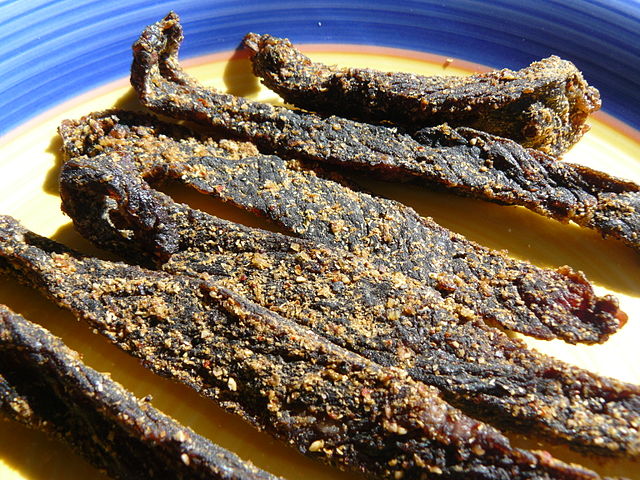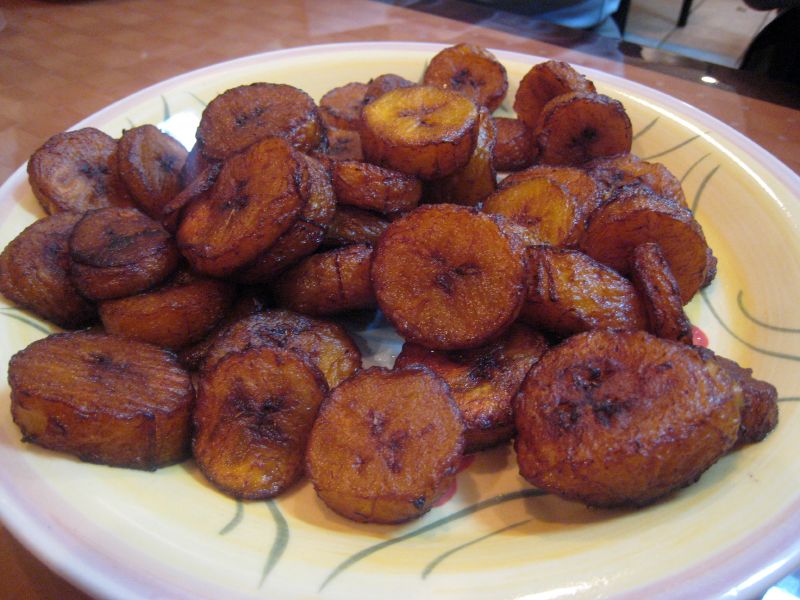Africa is a beautiful continent with lots of varieties. The land has a wide variety of tourists’ attractions in most places of the many countries in the continent. As the countries in Africa are many, so are the variety of dishes that can interest a foreigner. Additionally, Africans have a great deal of knowledge and expertise when it comes to preparing palatable African foods that will interest any visitor. There are actually a lot of various African staple foods found across the entire continents which are always prepared differently depending on the country and their culture. While a few African recipes may not be rich in maybe minerals and trace vitamins, many of them are highly nutritious and the rich ingredients that are used can make you yearn for more.
African Foods You Should Try On Your Next Visit
1. Rice
Rice is among the most popular foods in Africa. It’s a staple food in Africa and comes in different forms that vary from jollof rice, where rice is prepared in onion, pepper, tomato base to other forms prepared with some other ingredients and spices. African rice can also be cooked with coconut milk.
2. Nshima
Nshima is a product of cornmeal which is a staple food in Malawi, Democratic Republic of Congo and Zambia. It is similar to the central African meal prepared from maize flour. During the best times, Nshima is normally eaten during dinner and lunch times. This is also the case during and after harvesting season which is always around April–November when food reserves are usually adequate in the rural Zambian villages. Nshima is so common that nearly all native African languages call it by different names depending on the particular area and their language. It is similar to posho or ugali of East Africa as well, fufu of West Africa, sadza of Zimbabwe and pap of South Africa.
3. Kachumbari
Kachumbari is a popular recipe in east Africa that you wouldn’t want to miss. This is uncooked onion and tomato salad recipe consisting of chopped onions, chilli peppers, tomatoes and salt to taste. In places such as in Kenya, Kachumbari is preferred with roast meat [nyama choma], mainly goat or beef. Those living in the coastal region also prefer it with pilau rice.
4. Fufu
This is a paste that’s made from the starchy root vegetables [More often from cassava] and originally from West Africa. It’s prepared from various sources such as cassava, plantains or yams that are pounded to dough-like and eaten in small ball shapes with a dipping sauce or soup. Fufu is among the most widespread meals in Africa especially in West African countries such as Ghana. The traditional way of eating this meal is to pinch off some little fufu in the right-hand fingers and shape it into an easily digestible ball.
5. Cholent
Cholent is a common Jewish meal, traditionally prepared during a Friday night and eaten on the Sabbath for lunch. It’s a slow-cooked food stew of beans, potatoes, meat, and barley, which is also widespread in Northern Africa. There are lots of variations of Cholent. The main ingredients that are used to prepare Cholent are potatoes, beans, barley, and meat. Rice can also be used instead of barley, and chicken instead of beef. Ashkenazi Cholent normally has kishke orhelzel, which is a chicken neck skin or sausage casing stuffed with the flour-based mixture.
6. Briouat
Briouats are baked or fried Moroccan pastries that are normally folded into triangular shapes, stuffed with varieties such as lamb or chicken and mixed with lemon, pepper, cheese and then fried. Briouat features meat [kefta or kufta] enclosed in crisp paper-thin pastry in Morocco known as warqa phyllo [fillo] dough can be replaced with warqa. Most of the time Briouats are normally served as appetizers but they can be served as full meals as well.
7. Brik
This is a popular meal in North Africa, particularly a Tunisian food that’s served like a stuffed pastry which is normally deep fried. Brik is in various forms and among the popular ones is egg brik that’s made from whole egg placed in triangular shaped pastry pocket with cut onions, parsley, tuna fish, and harissa. Some additional classic filling includes chicken, chopped boiled eggs, ground meat, capers or cheese, anchovies dressed up with harissa or fried egg. There’s also the cultural importance of brik in Tunisia. According to Tunisian tradition, the mother-in-law to the bridegroom makes a brik for the prospective bridegroom and if the bridegroom manages to eat it without dropping the egg yolk, then he may proceed to marry the bride
8. Bobotie
This is South Africa’s national food. It is a palatable mixture of fruit and meat with a creamy topping same as moussaka. Most of the time, this meal consists of spiced ground meat with eggs-baked topping, which is then served with sambal. This is definitely one of the best African foods you should try during your next visit.
9. Biltong
This is South African meal similar to jerky. Biltong is a sort of cured meat that’s savoured almost by everybody. This food is different from jerky in taste, their ingredients and their thickness cuts up to 25mm thick but jerky is rarely over 3mm thick. Lots of various types of meat are used to produce it varying from beef meat to game meat or ostrich fillets from commercial farms.
10. Alloco
Alloco is a fried plantain snack that’s often served with onions, eggs, tomato sauce or chilli pepper. This meal is very popular in Ivory Coast but the popularity extends up to the surrounding African nations mostly within the West Africa coast normally for its simplicity in preparation and the unique taste it has. Alloco is a great meal for any occasion and at any time. It’s widely served as a readily available fast-food on Cote d’Ivoire streets. This delicious African dish made its name in the cocody neighbourhood, which is a place for food vendors popular for grilled meat and Alloco which is known as allocodromo.
The 10 above mentioned African foods does not make a complete list of the most popular and best recipes in Africa. This only provides you with an insight into a number of the appetizing and popular dishes in Africa, thus this is certainly the kinds of African food you should try during your next visit.










